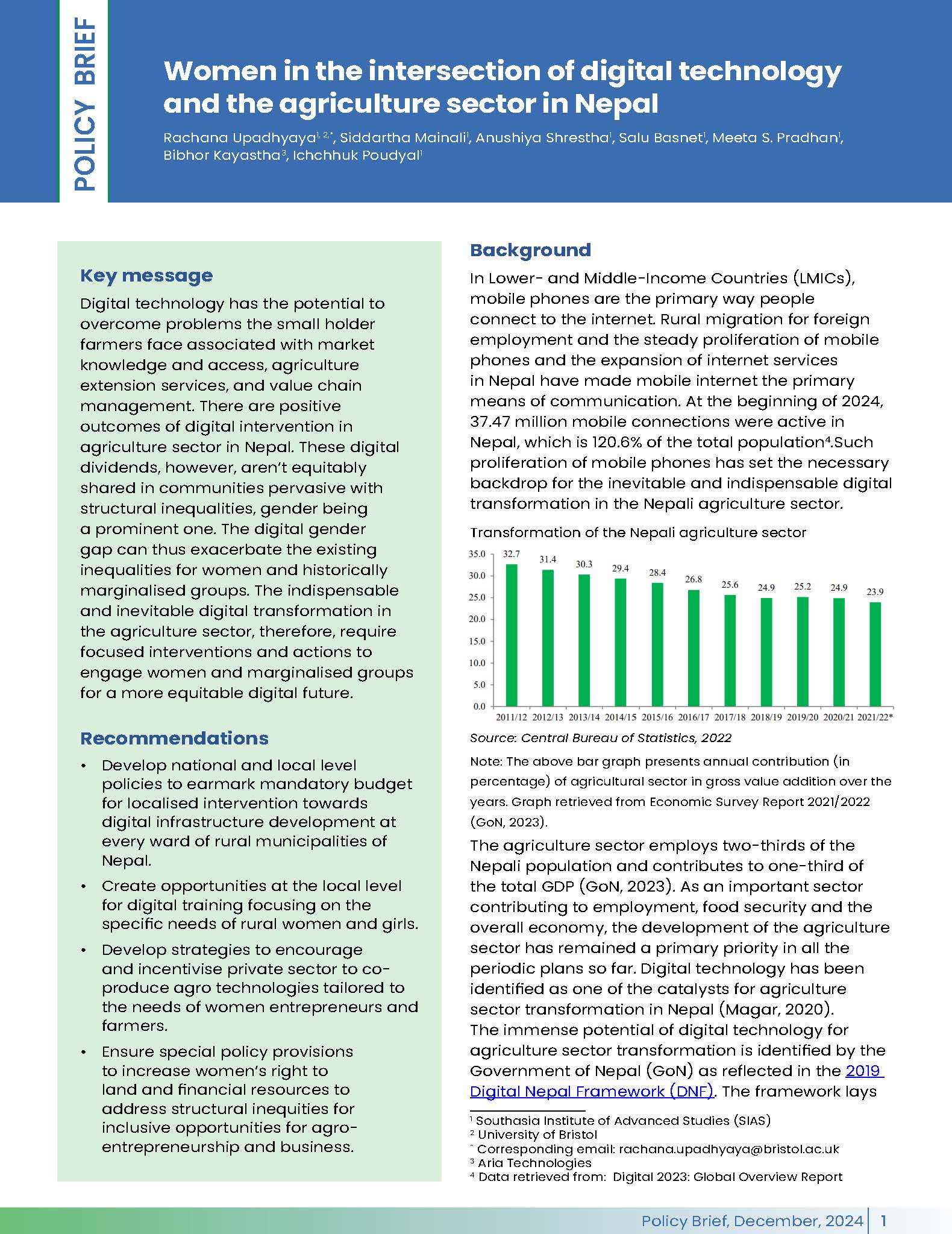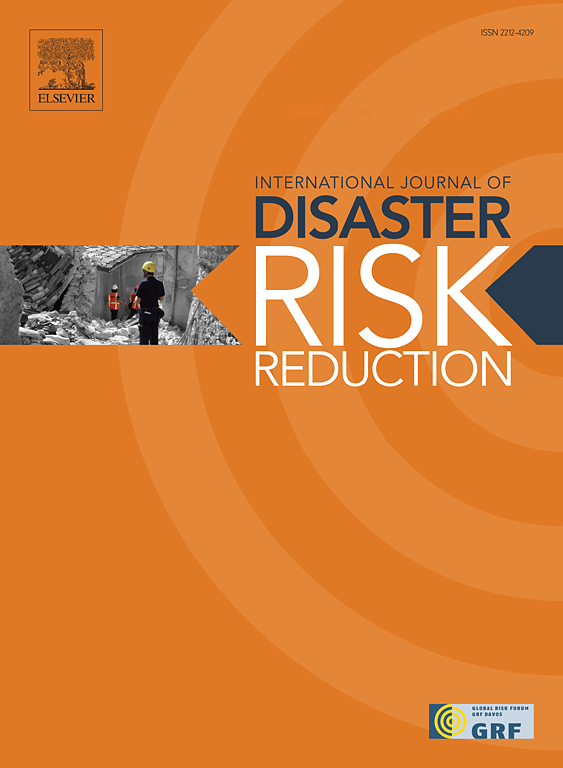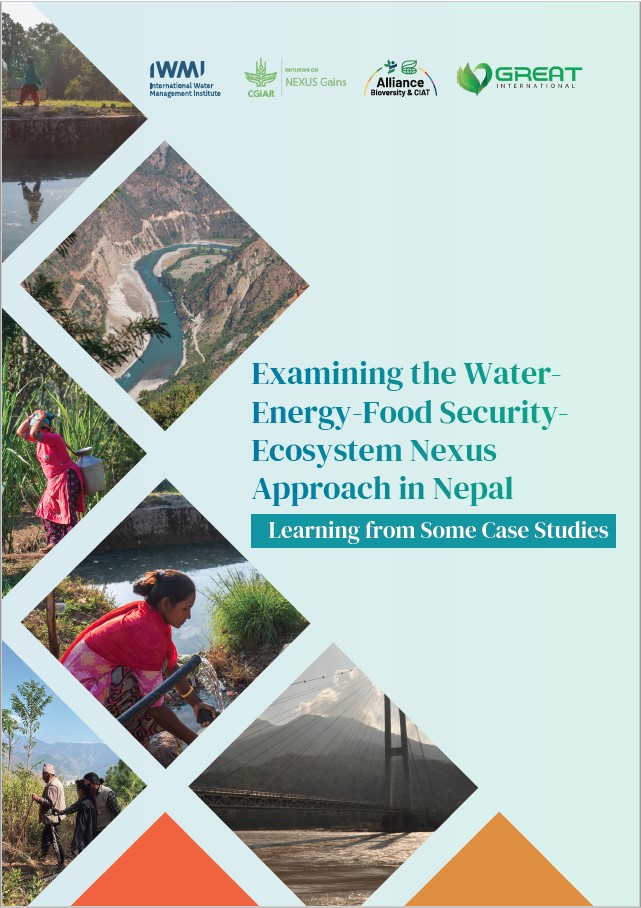Published online: 28 December 2018 (Received: 23 October 2018; Accepted: 21 December 2018)
Authors : Ngamindra Dahal, Uttam Babu Shrestha, Anita Tuitui and Hemant Raj Ojha.
Doi:10.3390/cli7010003
Vol : 3
Pages: 1–15
Abstract
Nepal has experienced recent changes in two crucial climatic variables: temperature and precipitation. Therefore, climate-induced water security concerns have now become more pronounced in Nepal as changes in temperature and precipitation have already altered some hydrological processes such as the river runoff in some river systems. However, the linkage between precipitation patterns and streamflow characteristics are poorly understood, especially in small rivers. We analysed the temporal trends of temperature, precipitation, and extreme indices of wet and dry spells in the Rosi watershed in Central Nepal, and observed the temporal patterns of the streamflow of the Rosi river. We also examined the linkages between the average and extreme climate indices and streamflow. We found that the area has warmed up by an average of 0.03 °C/year, and has seen a significant decline in precipitation. The dry spell as represented by the maximum length of the dry spell (CDD) and the magnitude of dryness (AII) has become more pronouncd, while the wet spell as represented by the number of heavy rainfall days (R5D) and the precipitation intensity on wet days (SDII) has diminished significantly. Our analysis shows that recent changes in precipitation patterns have affected the streamflow of the Rosi river, as manifested in the observed decline in annual and seasonal streamflows. The decrease in the availability of water in the river is likely to have severe consequences for water security in the area.








